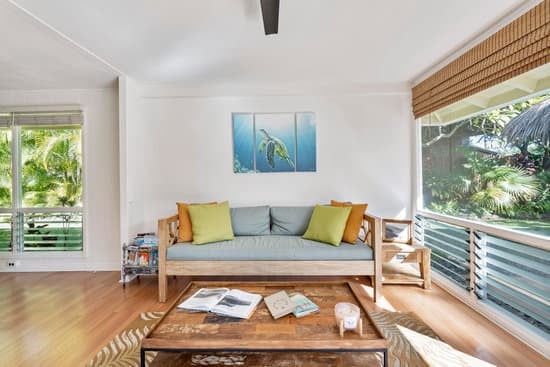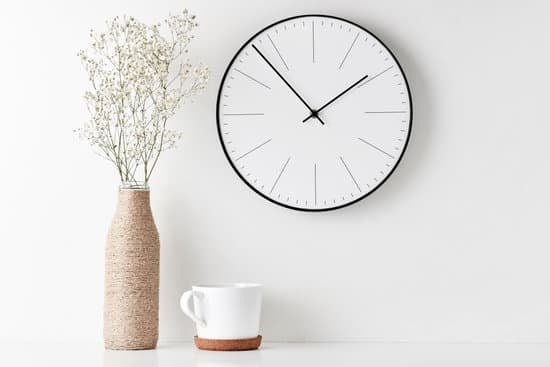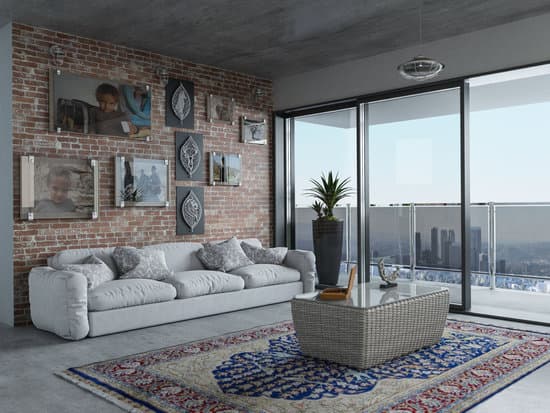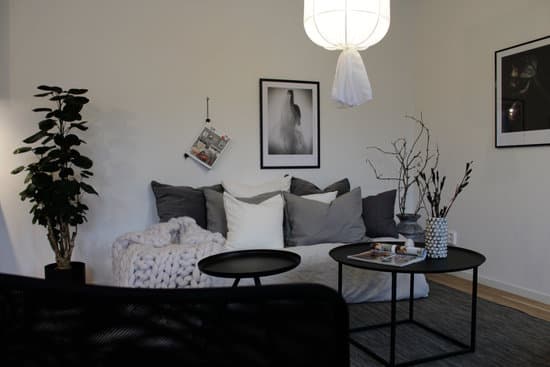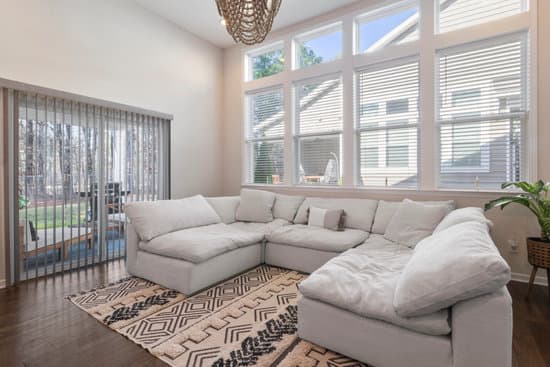Chinese interior design has been admired and emulated all over the world. This style is easily recognizable with its focus on a Zen-like atmosphere and simplicity. The Chinese aesthetic principles are rooted in the idea of achieving harmony between nature, space, and objects. Let’s take a closer look at the defining features of Chinese style interior design.
Clear Lines and Character of Shapes: Chinese design is characterized by clean, straight lines and sharp angles. It is about highlighting the beauty of each shape and allowing it to speak for itself. The shapes are strong and confident, with a sense of purpose and direction.
Harmony and Intricacy: The most essential aspect of Chinese design is the creation of a harmonious environment. Every element in the space is carefully chosen to complement and balance one another. Intricate details are also fundamental to Chinese interior design. From carved wooden screens to ornate wall hangings, each piece showcases the incredible craftsmanship and attention to detail that is at the core of this style.
Warm Colors and Natural Materials: Chinese design embodies the warmth and serenity of nature. The color palette is a combination of warm earth tones such as beige, browns, and greens that evoke a feeling of calmness and tranquility. In terms of materials, you will often see natural, organic elements such as bamboo, stone, and wood integrated into a space.
Overall, Chinese style interior design emphasizes simplicity, harmony, and nature. By incorporating a few of these essential elements into your home, you can transform your space into a calm and peaceful oasis.







